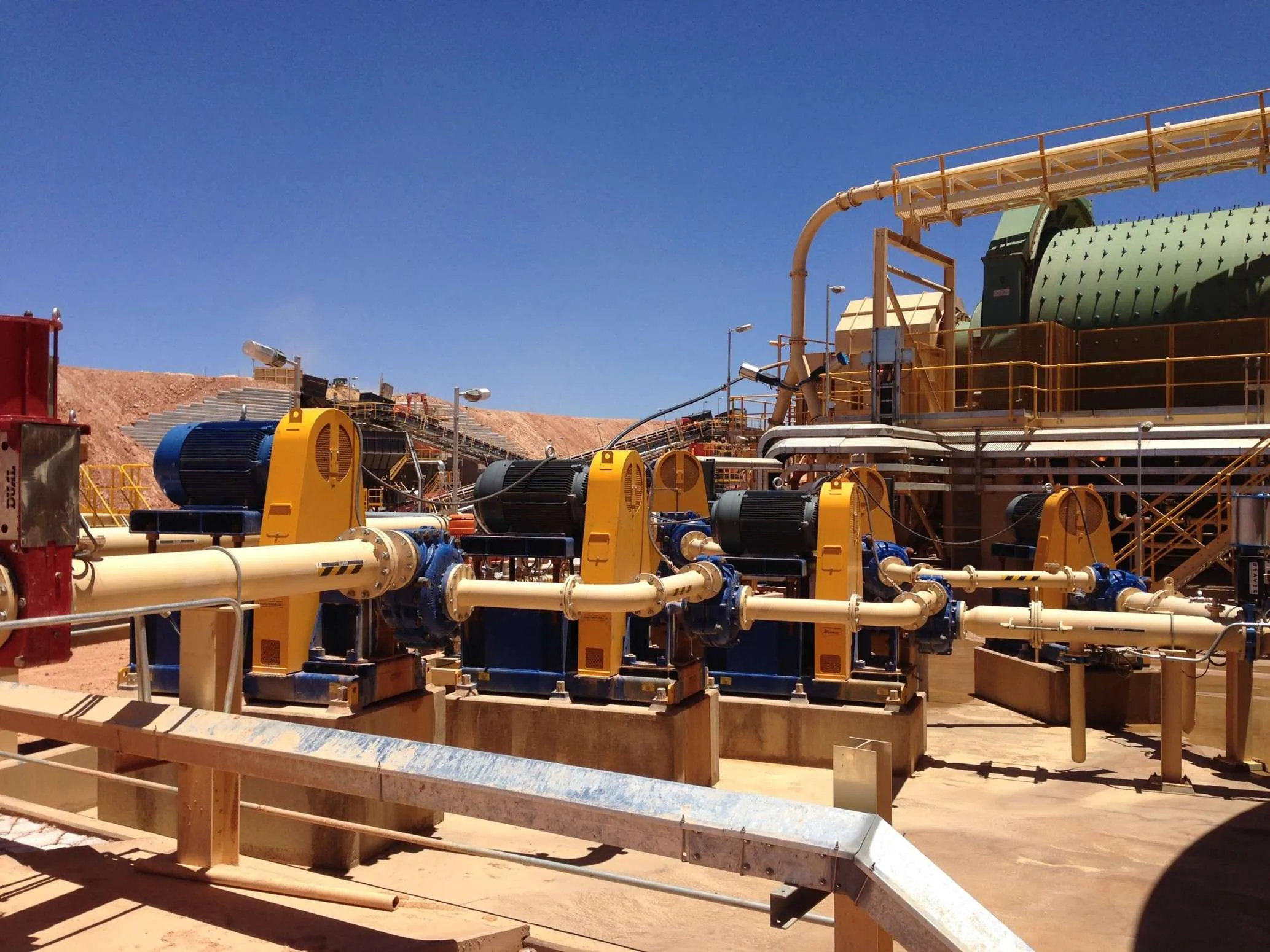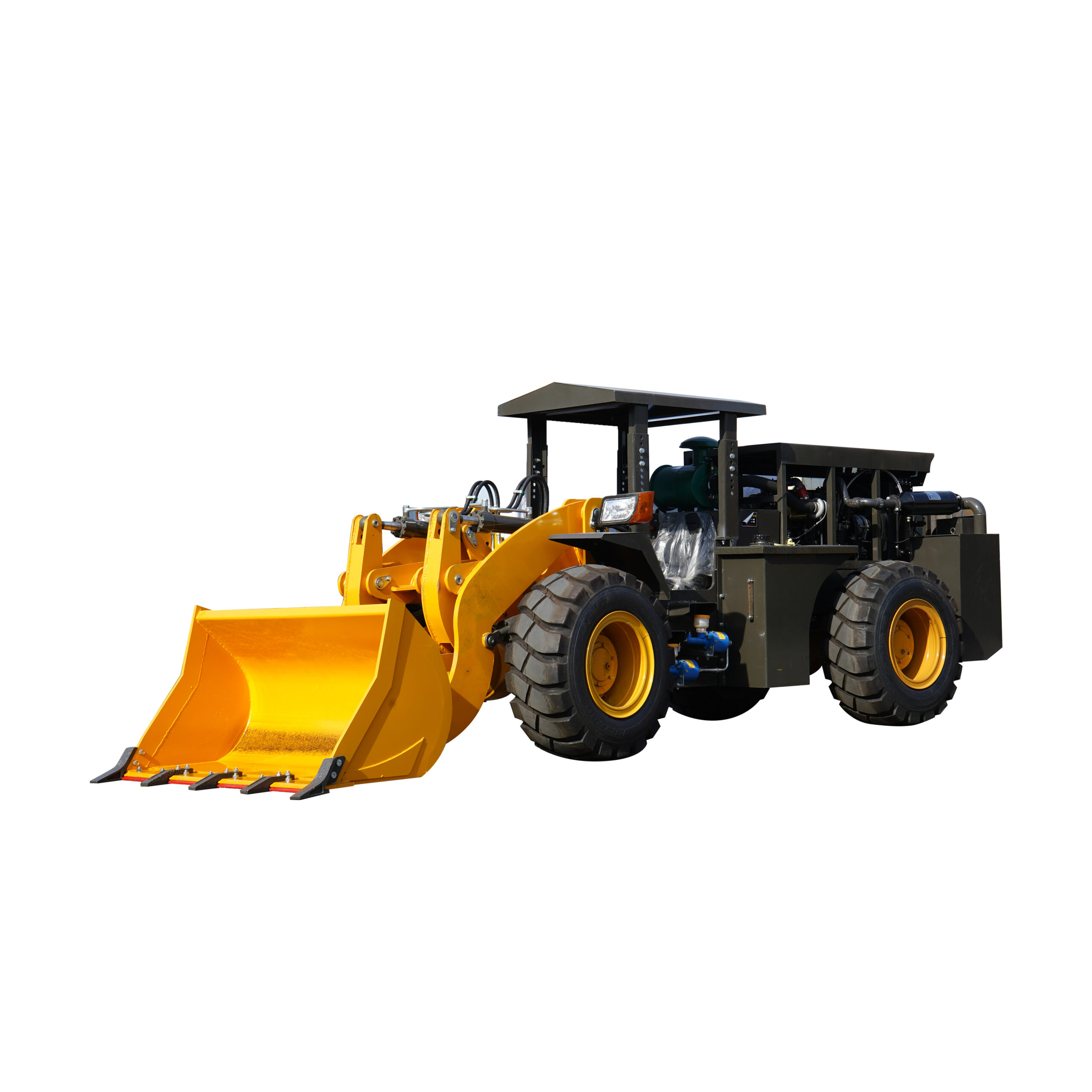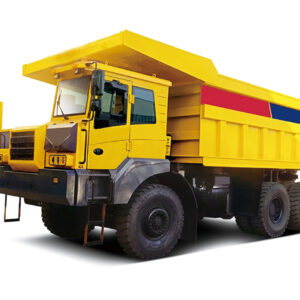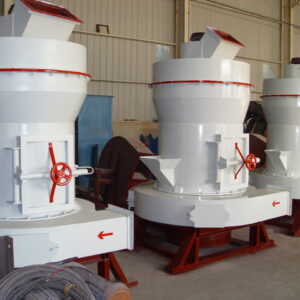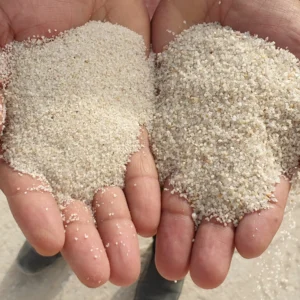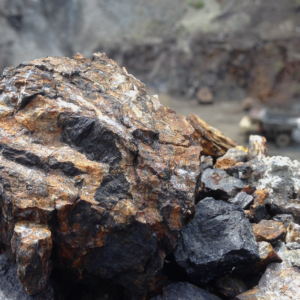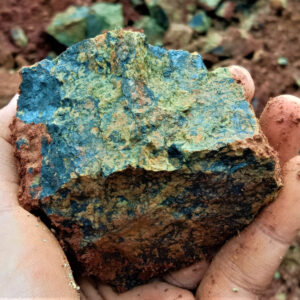Description
Process Description
1. Iron Tailings:
The iron tailings discharge from iron ore plant is in large amount, fine size and different types, and complex property, so TAYMA use the process of magnetic separation, flotation, acid leaching and flocculation to recover iron.
2. Gold Tailings:
TAYMA usually use all-slime cyanide process and carbon-in-pulp process to recover the gold from gold tailings. As for the gold tailings cyaniding, TAYMA will apply the method of dry-tailing stacking. That is, though the process of classifying and dewatering, at the same recycling the water recourses to remove the cyanide in it. Moreover, TAYMA will use magnetic separation and gravity separation to remove the iron.
3. Lead-zinc Tailings:
The main component of the lead-zinc tailings are quartz and suicide sericite. Except the methods of stockpiling in tailings pool, dry-tailing stacking and mine filling, TAYMA will also apply gravity separation, flotation separation, magnetic separation, gravity – flotation separation, and other process to recycle the valuable elements.
4. Copper Tailings:
If the copper with high heavy metals content, the separation will be easier and apply the process of flotation. If there exist magnetite in the copper tailings, it will firstly using acid leaching to precipitate the copper, then use magnetic separation accordingly.
5. Fluorite Ore Tailings:
TAYMA use the process of flotation to reselect the fluorite, roughing and then cleaning. Before roughing, the pulp and the reagent will be fully stirred. After that repeated cleaning will be proceed.
6. Wolfram Tailings:
TAYMA will apply gravity separation, magnetic separation and flotation separation to recycle the wolfram. The gravity separation is commonly used. Wolfram tailing re-selection process is mainly used spiral chute and centrifugal ore separator to roughing, shaking table and flotation to cleaning.
7. Phosphate Tailings:
Siliceous collophanite mainly include quartz siliceous minerals in gangue mineral, so the floatability of gangue is larger than valuable mineral.
8. Graphite Tailings:
TAYMA will use the process of stage grinding and screening to recover the graphite from tailings. In the process of separation, flotation and shaking table is always used. If we want to achieve comprehensive recovery of several kinds of minerals from graphite tailings, we should combine several separation methods.
9. Bauxite Tailings:
When deal with the bauxite tailings, flotation separation and magnetic separation is the common process. Moreover, wetting, dry-tailing stacking and mine filling is always used.
Introduction
Tailings Re-Processing Lines are processes used to recover valuable minerals and metals from mine tailings, which are the waste materials left after the extraction of valuable components from ores. These tailings often still contain significant amounts of valuable minerals that can be economically recovered using modern processing techniques. Re-processing tailings can help in reducing environmental hazards, conserving resources, and improving mine sustainability.
Uses of Tailings Re-Processing Line
- Resource Recovery:
- Mineral Extraction: Recovers valuable minerals that were not efficiently extracted in the initial mining process.
- Metal Recovery: Extracts metals such as gold, silver, copper, and rare earth elements that remain in tailings.
- Environmental Management:
- Waste Reduction: Reduces the volume of tailings, minimizing the environmental footprint of mining operations.
- Hazard Mitigation: Treats potentially harmful substances in tailings, reducing environmental contamination risks.
- Economic Benefits:
- Revenue Generation: Provides an additional revenue stream by recovering valuable materials.
- Cost Efficiency: Makes use of existing mining infrastructure, reducing the need for new capital investments.
